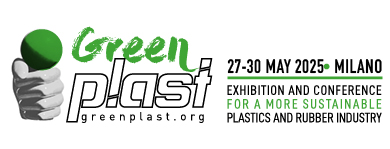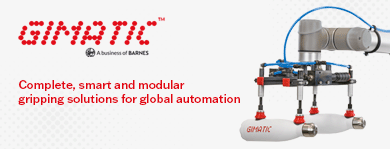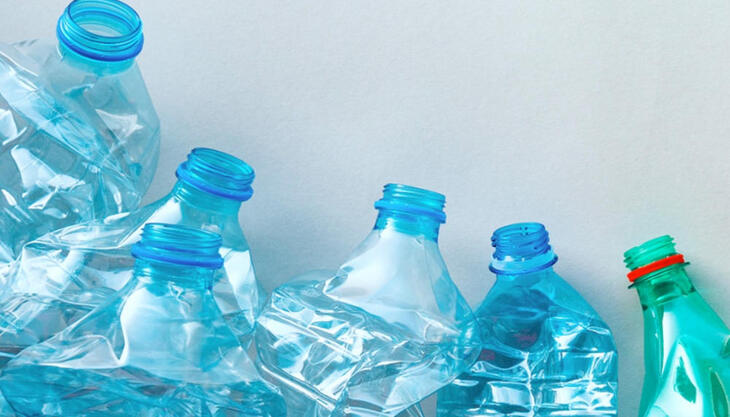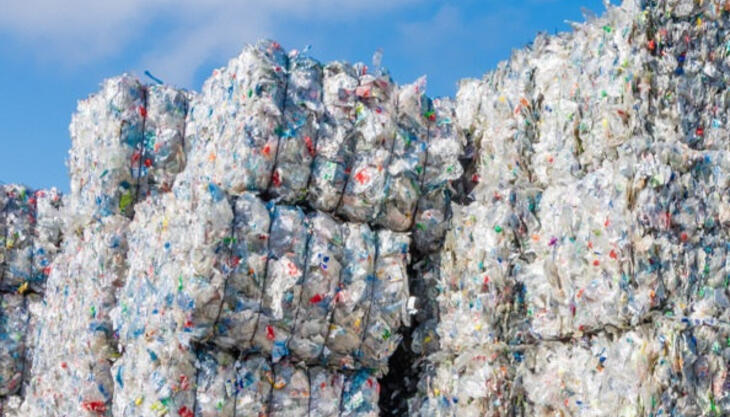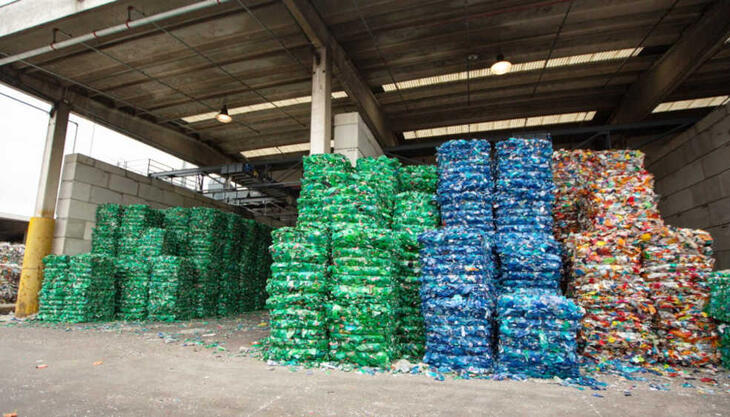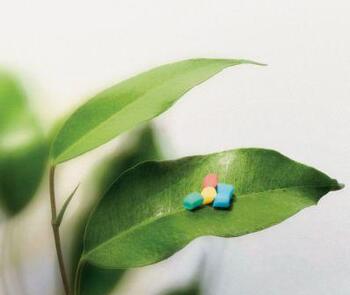
Radici Novacips, head company of the RadiciGroup Plastics Business Area, has chalked up another important achievement in sustainability: the company has developed and published an EPD (Environmental Product Declaration) for its Heramid “post industrial” PA6 and PA6.6 engineering plastics and an EPD for its polyamide scrap recovery service (which supplies secondary raw material for Heramid production).
An EPD is a certified Environmental Product Declaration that reports quantitative data on the environmental performance of a single product. Objectivity, comparability and credibility are the distinctive features of an EPD. The indicators of the environmental impact of a product are calculated based on a Life Cycle Assessment (LCA) carried out in accordance with the ISO 14040 standard. Specific Product Category Rules (PCR) are created for each product group. A PCR document is developed in an open consultation and defines the rules on how to carry out an LCA study and how to present the environmental performance data for a product in an EPD format. To be published, an EPD must be validated by an approved independent party that verifies the correctness of the LCA and the information, as well as the conformity of the EPD to the rules of the relevant PCR.
Heramid is the RadiciGroup brand name for its post-industrial PA6 and PA6.6 engineering plastics, ideal for automotive, electrical/electronics and industrial applications. Heramid products combine good technical performance with reduced environmental impact, as they are plastic compounds made from secondary raw material obtained from the recovery of industrial waste and scrap produced by the RadiciGroup polymerization and compounding plants.
The environmental performance of Heramid products was measured by conducting a Life Cycle Assessment (LCA). The system boundaries included the pre-production phase (upstream processes), the compound production phase from cradle to gate (core processes), and the finished product distribution phase (downstream processes). The LCA was conducted in accordance with ISO 14040 and the calculation rules of PCR 2010:16 Plastics in Primary Form, approved by the technical committee of the International EPD system.
The environmental performance of the polyamide scrap recovery service was measured by conducting an LCA in accordance with ISO 14040 and the calculation rules in PCR 2013:08 Plastic Waste and Scrap Recovery (Recycling) Services, approved by the technical committee of the International EPD system. The system boundaries included the waste collection phase (upstream processes), the pre-treatment and treatment phases (core processes).
“We previously announced this important step last May, on the occasion of Plast 2015 international plastics and rubber exhibition,” said Cesare Clausi, Europe business manager of the RadiciGroup Plastics. “Now, we have officially concluded the compilation and publication of all the documentation and can make all the information available to our stakeholders - foremost, the market and our customers. This way they can view objective data regarding the environmental impact of our Heramid post industrial engineering polymers”.
“We have also measured the environmental impact of our polyamide scrap mechanical recovery service”, Clausi continued, “and we are the first to do it scientifically and publish a related EPD. This means that we have objective and assured data on the environmental impact of the secondary raw material used for the production of our Heramid line. These data speak clearly and indicate that the impact of the mechanical recovery of plastics on the environment is marginal, lower than other recovery methods such as depolymerization. Products such as our Heramid prove that the plastics industry can produce materials with a good technical performance to environmental impact ratio”.







